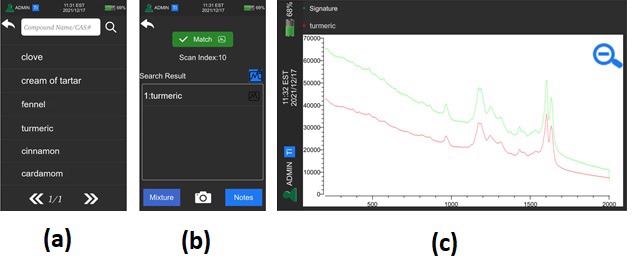Sponsored by m-oemDec 22 2021
Since the 1930s, one long-standing Chrsitmas tradition remains a common practice in the United States - putting out a plate of cookies and a glass of milk for Santa Claus.1
Now the season is over and the New Year resolutions take hold, Santa Claus is having a hard time reducing his waist size as he eats over 300 million cookies in a single night, thanks to the generosity of many homes in the United States.2
The gingerbread man is the iconic cookie that stands out among the millions of cookies eaten during the season. Gingerbread gets its distinct flavor from a blend of molasses (dark brown sugar) and gingerbread spice – a mixture of ginger, cardamom, cinnamon, cloves, nutmeg and allspice.
Each of these spices offers a range of health benefits. For example, ginger soothes the symptoms of nausea and vomiting and alleviates types of inflammation and pain;3 and cinnamon helps regulate blood glucose as a consequence of type 2 diabetes and obesity.4
Using B&W Tek’s portal Raman with BWID software, a Raman spectral library of spices can be easily assembled. Alternatively, using the library function of a handheld Raman can also help identify bags of unknown or unlabelled spices you may have in your kitchen or wish to buy in the market.
B&W Tek Raman Systems are equipped with either 532-nm, 785-nm or 1064-nm lasers. To generate the optimal Raman spectra from spices, portable Raman 1064-nm systems like i-Raman EX, i-Raman Prime-1064, STRam-1064, or handheld Raman 1064-nm systems like TacticID-Mobile, TacticID-1064 or NanoRam-1064, are advised.
Using a light source with this wavelength significantly decreases the powerful fluorescence emitted by dark and natural samples. The Raman spectra acquired from nine different spices using STRam-1064 are displayed in Figure 1a, while Figure 1b exhibits the library search result of cinnamon utilizing the BWID software with a spectral library.
Correspondingly, a spice library can be generated in the TacticID-1064 and employed to determine containers of unknown spices (Figure 2). It is vital to use low laser power as spices can burn under an intense laser.
The B&W Tek Raman system laser power can be adjusted at increments of 1%, making them ideal for acquiring Raman spectra from flammable samples.
For further information about B&W Tek’s Raman systems, visit https://bwtek.com/technology/raman/.

Figure 1. Raman Spectra of nine different spices collected using portable Raman system with 1064-nm laser (a) and identification of Raman spectrum of a cinnamon sample using the spice library of BWID created using the Raman spectra of spice samples. Image Credit: B&W Tek

Figure 2. Library creation view (a) identifying turmeric (b) Comparison of Raman spectra of a turmeric sample and turmeric Raman spectra in the Spice library. Image Credit: B&W Tek
References & Further Reading
- Don’t Forget Santa’s Cookies and Milk: The History of a Popular Christmas Tradition, History, https://www.history.com/news/dont-forget-santas-cookies-and-milk-the-history-of-a-popular-christmas-tradition (accessed 12/17/2021).
- Christmas cookies by the numbers: Guess how many cookies Santa eats on Christmas Eve?, Fox News, https://www.foxnews.com/lifestyle/christmas-cookies-by-the-numbers-cookies-santa-christmas-eve (accessed 12/17/2021).
- Singletary, K., 2010. Ginger: an overview of health benefits. Nutrition Today, 45(4), 171-183.
- Singletary, K., 2008. Cinnamon: overview of health benefits. Nutrition Today, 43(6), 263-266.

This information has been sourced, reviewed and adapted from materials provided by B&W Tek .
For more information on this source, please visit B&W Tek .